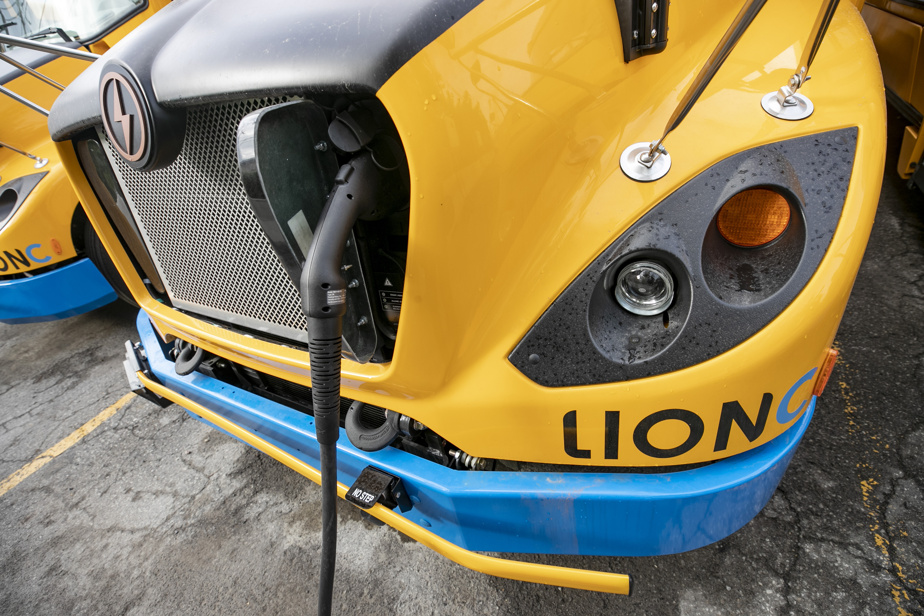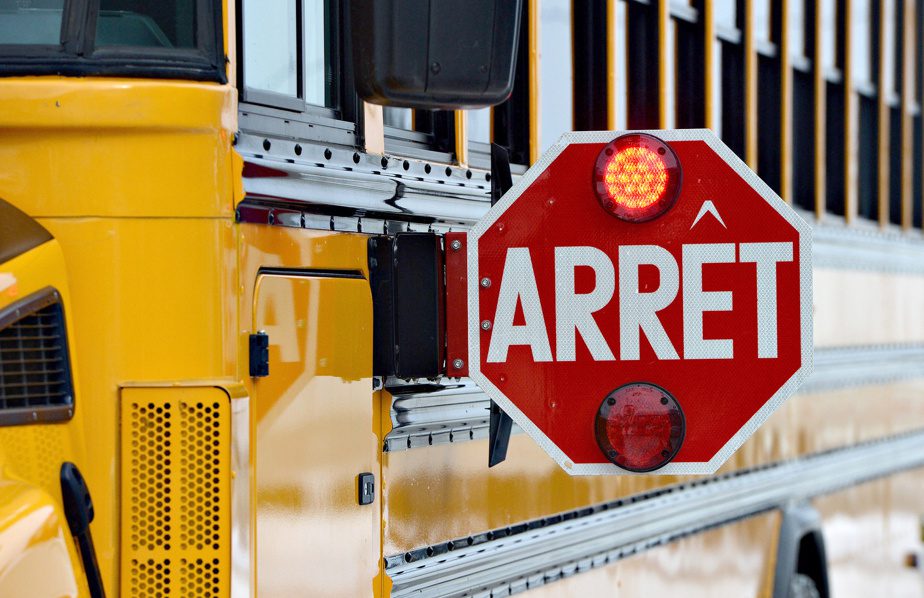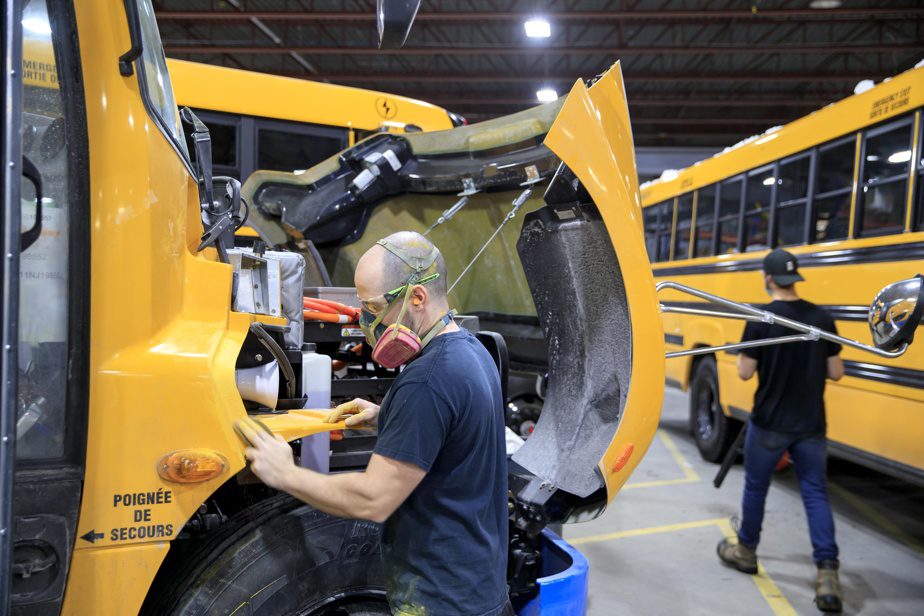
State of play in Canada
According to a study led by the Canadian Alliance for the Electrification of School Buses (ACEAS), Équiterre and Green Communities Canada, there are approximately 300 fully electric school buses in Canada to date. Of those, 130 will be in Quebec, which leads the country, 84 in Prince Edward Island, 52 in British Columbia and 20 in Ontario. However this data is only partial, and excludes many recent acquisitions. The Legault government says Quebec will have 766 fully electric school buses by May 2023. Another 530 are already on order. However, with a total bus fleet that fluctuates between 45,000 and 50,000 vehicles, this is still very low. “We are at the beginning of all this, but the prospects are very good,” says Marc-Andre Vieau, Équiterre’s director of government relations. “A school bus has a predictable route for charging. It is a very favorable candidate for electrification. »
Objectives in Quebec
In Quebec, the School Transportation Electrification Program targets a “14% electrification rate by March 2024” for yellow buses. By 2030, electrification of 65% of the school bus fleet would avoid nearly 800,000 tons of greenhouse gases (GHGs). In the urban sector, transformation is also underway: Nova Bus, which won a 2.2 billion contract to supply 1,230 electric buses to transport companies by 2027, demonstrates this. To date, the Société de Transporte de Montréal (STM) has only forty fully electric buses out of its 2,000 vehicles. But by 2027, around 150 new electric buses will come.
Increase the conversion rate

Photo by Eric Laub, Le Soleil Archives
“There are several steps operators can take to remove barriers and increase the number of electric school buses on the road,” said Jeff Turner, one of the study’s authors and director of mobility at Dunsky Energy. Among the priority routes, among other things, “increasing the conversion rate of the school bus fleet” is suggested to reach 100% electric school buses by 2040. It needs to start electrification at a minimum of 2850 per year, the report said, to reach “an average conversion of 48,450 buses in 2040” over 17 years by 2023.
Annual capital is 1.25 billion
The study also states that increasing annual investments is essential. Specifically, its authors estimate that “an annual capital investment of $1.25 billion is needed to support the transition by expanding existing federal funding programs for electric school buses and charging infrastructure.” Programs should be “more accessible” to make buses “more affordable.” “Accelerating the adoption of electric school buses is an opportunity to improve children’s health and engage them in an important climate solution,” said Brianna Salmon, director of Green Communities Canada.
Education, awareness raising, finance

Photo by Alain Roberge, Law Press Archives
Assembly of electric school buses at Lion Electric
According to Marc-André Viau, the key is to have a “rigorous” regulatory framework. “A goal remains a goal for a long time if you don’t put in place the means to achieve it,” he says. For the rest, the judges, as the head of Équiterre, need to “multiply awareness programs” and support operators, especially in terms of labor. “In Quebec, the lifespan of a school bus is 12 years, but we extended it to 14 years to get electric buses. Sometimes it is better to delay to avoid bringing diesel coaches back on the roads,” he concluded.





